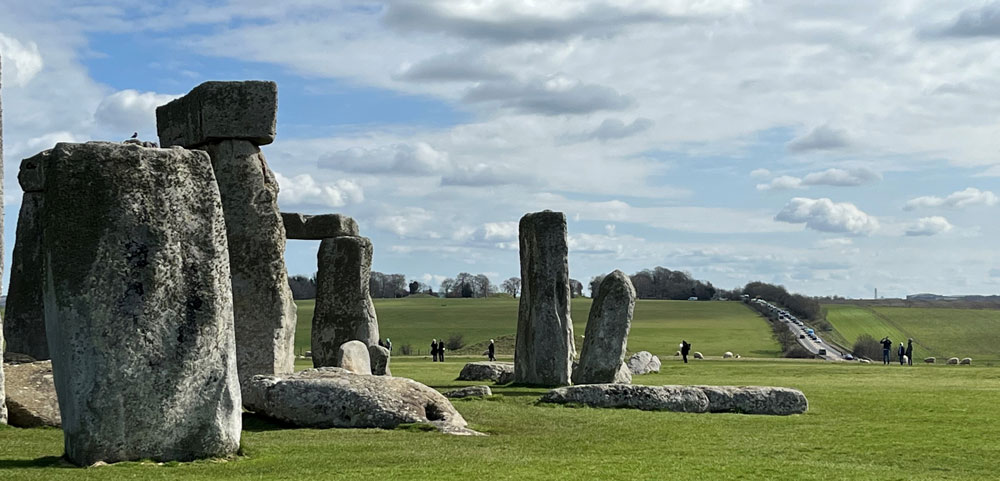The biggest issues of the month explored | Roads
Inside Track
ROADS
Stonehenge Tunnel battle goes to Unesco
Anti-tunnel campaigners fear loss of World Heritage Site status
By Claire Smith
Opponents of the A303 Stonehenge tunnel project expressed concern about the project to the United Nations Educational Scientific and Cultural Organization (Unesco) in Paris in September.
They delivered a petition with 225,000 signatures from 147 countries arguing that if a tunnel is to be built, its length should be increased from 3.3km to 4.7km to avoid damaging the Stonehenge Unesco World Heritage Site (WHS).
 Campaigners have warned that Stonehenge could lose its Unesco World Heritage Site status
Campaigners have warned that Stonehenge could lose its Unesco World Heritage Site status
Campaign groups the Stonehenge Alliance and Save Stonehenge World Heritage Site (SSWHS) are seeking clarification about how the tunnel plans would affect the site’s WHS status.
Unesco’s World Heritage Committee has already expressed its view that the proposed tunnel is too short and that the new route would adversely affect the WHS.
The petition came a week after SSWHS confirmed it had launched a legal challenge to the government’s approval of the £1.7bn road scheme, claiming that it was unlawful.
The petition and legal action follow transport secretary Mark Harper’s decision to grant the development consent order for National Highways’ A303 upgrade project in July.
The scheme involves the construction of a new 12.8km dual carriageway to replace the A303’s Amesbury to Berwick Down section. It includes the 3.3km Stonehenge Tunnel which passes beneath part of the Unesco World Heritage Site.
The project also includes the construction of a bypass north of Winterbourne Stoke with a viaduct over the River Till valley.
There will also be a new junction between the A303 and A360 west of Stonehenge to replace the Longbarrow roundabout and a new junction between the A303 and A345 at the Countess roundabout.
The campaign groups said the aim of the petition was to establish Unesco’s view on the approval of the scheme after they called for the decision to be delayed and the scheme to be amended.
The Stonehenge Alliance also expressed concern that Stonehenge could be stripped of its WHS status if the scheme proceeds unaltered.
Stonehenge Alliance chair and SSWHS director John Adams said: “We want Unesco to appreciate that its opposition to this highly damaging road scheme through Stonehenge WHS is strongly supported by hundreds of thousands of people worldwide.”
SSWHS director Chris Todd, who is also a member of the Stonehenge Alliance and director of sustainable transport body Transport Action Network, added: “Stonehenge could lose its WHS status if this road scheme goes ahead unaltered. This would be an international embarrassment for the UK.”
The project was approved in November 2020 by Grant Shapps when he was transport secretary, but the High Court ruled that his decision was unlawful following a judicial review in 2021.
Adams said ministers had “ignored concerns raised by Unesco and seems hell bent on bulldozing this scheme through before they get thrown out of government. We believe we have no choice but to launch a second legal challenge in the face of such belligerence.”
Stonehenge Alliance president Tom Holland said: “Nothing can justify such vandalism. I welcome this action, as a chance to halt a development that will permanently and irreversibly desecrate the Stonehenge landscape.”